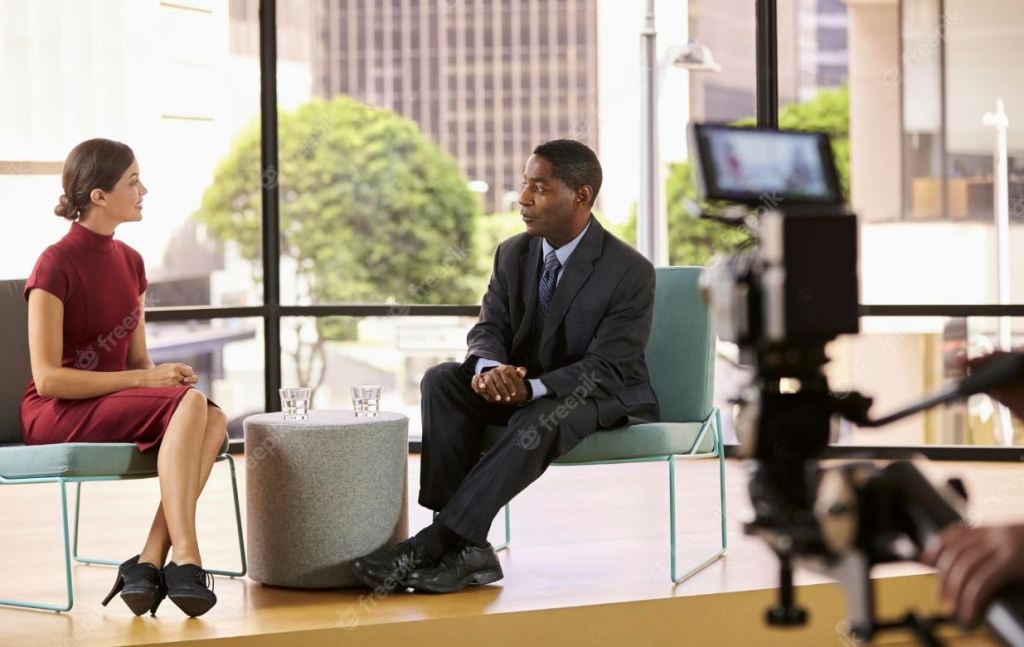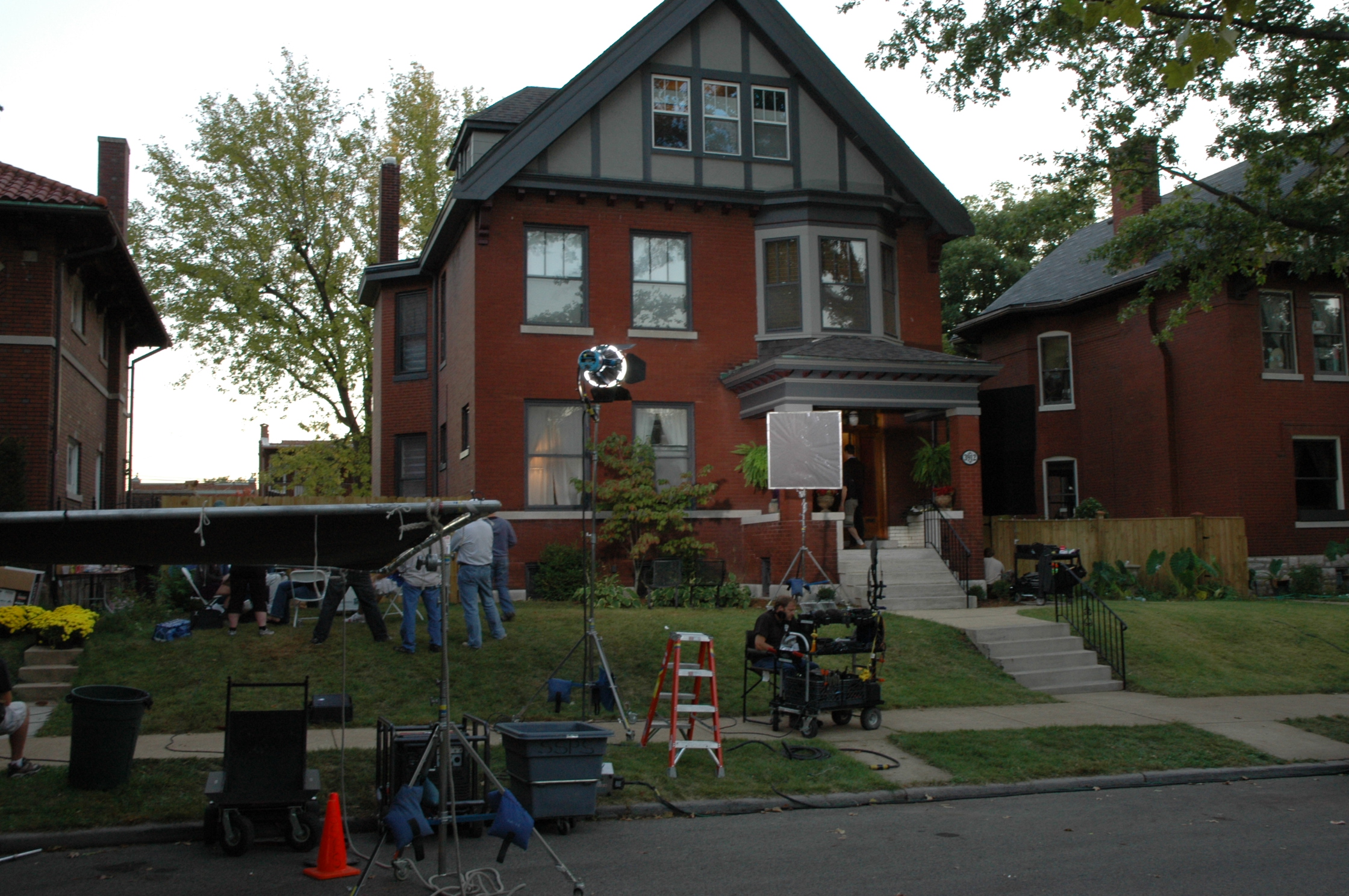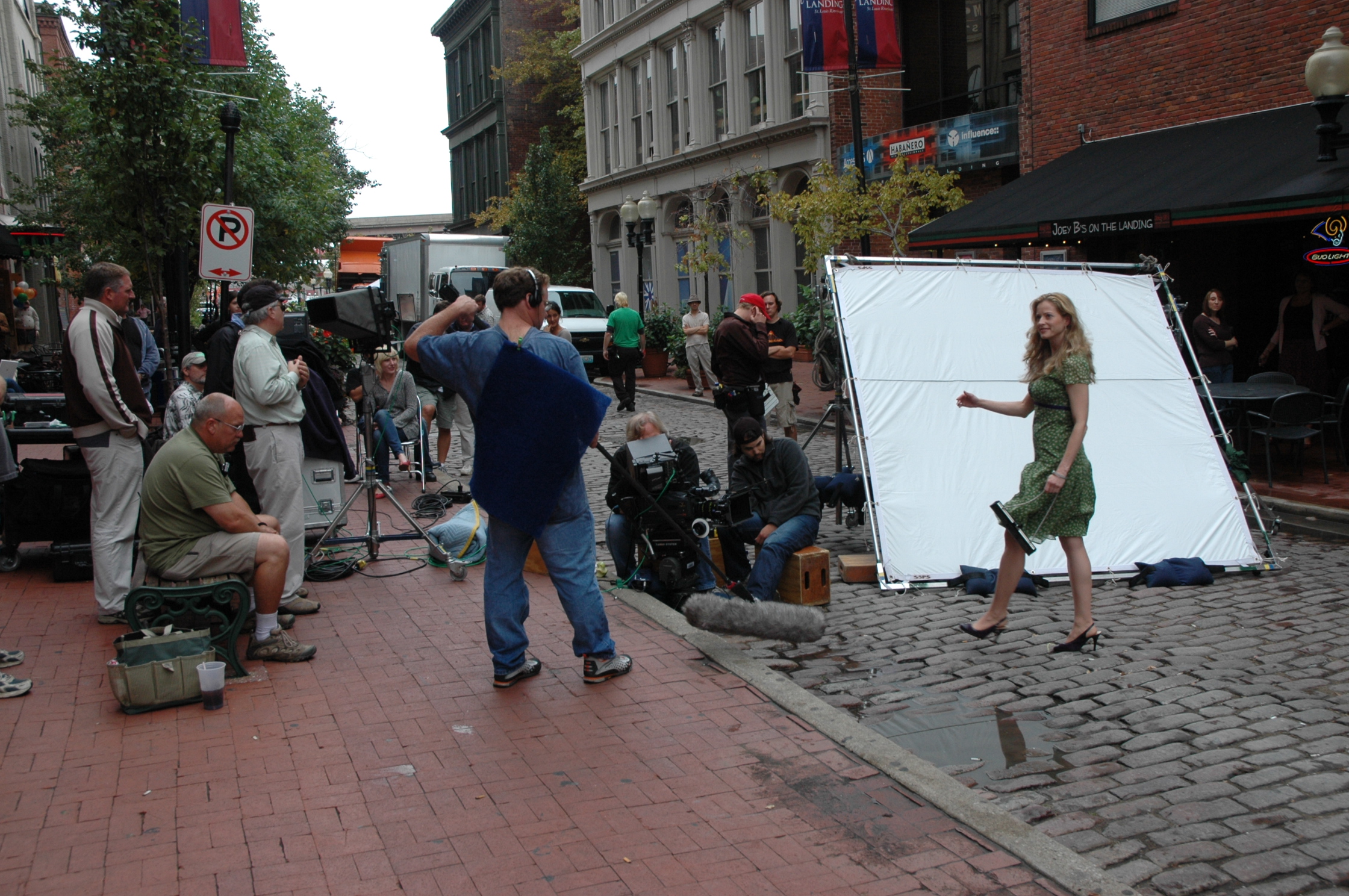In today’s fast-paced digital world, video has become an essential tool for businesses to effectively communicate their brand message and engage with their target audience. Whether it’s a promotional video, a product demonstration, or a company profile, the length of your business video plays a crucial role in capturing and retaining viewer attention. Finding the ideal duration for your video is a balancing act that requires careful consideration of your content, audience, and marketing goals. In this article, we will explore the factors to consider when determining the perfect duration for your business video.
The Attention Span Challenge
One of the biggest challenges businesses face when creating videos is capturing and maintaining viewer attention. With so much content vying for attention online, viewers have developed shorter attention spans. According to a study conducted by Microsoft, the average human attention span has decreased from 12 seconds in 2000 to just 8 seconds in 2023. This means that businesses have a limited amount of time to engage their audience and convey their message effectively.
Understanding Your Target Audience
Before diving into video production, it’s crucial to understand your target audience. Different demographics and target markets have varying preferences and attention spans. Consider the age, interests, and behaviors of your audience. Are they millennials who are used to consuming short, bite-sized content? Or are they professionals who prefer more in-depth and informative videos?
For younger audiences or social media platforms, shorter videos tend to perform better. Platforms like Instagram and TikTok have popularized short-form videos with durations ranging from 15 seconds to one minute. These platforms thrive on quick, attention-grabbing content that can be easily consumed and shared.
On the other hand, if your target audience consists of professionals or B2B clients, they may prefer longer videos that provide detailed information and establish your expertise. For educational or instructional videos, longer durations may be necessary to cover all the necessary content and ensure viewers have a comprehensive understanding of the topic.
Tailoring Content to Video Length
Once you have a clear understanding of your target audience, it’s essential to align your video content with the chosen duration. The goal is to create a compelling narrative that captures attention, conveys your message effectively, and leaves a lasting impression.
For shorter videos, focus on concise and impactful storytelling. Grab viewers’ attention within the first few seconds, use engaging visuals, and keep the pacing fast. Consider using dynamic editing techniques, such as quick cuts or time-lapse, to maintain viewer interest. Ensure that the main message is clear and easy to understand within the limited time frame.
Longer videos provide an opportunity to dive deeper into your brand story or product features. However, it’s crucial to maintain a balance between providing valuable information and keeping the viewer engaged. Break down the content into logical sections or chapters to make it easier to digest. Use a mix of visuals, interviews, and graphics to enhance the storytelling experience and maintain viewer interest.


The Importance of Video Context
The context in which your video will be consumed is another critical factor to consider when determining the duration. Will it be featured on your website’s homepage, shared on social media, or used in a presentation? Understanding the platform and viewing environment will help you tailor the length accordingly.
Shorter videos work well on social media platforms, where users often have limited time and scroll quickly through their feeds. On platforms like Facebook or LinkedIn, videos with durations between 30 seconds to two minutes tend to perform best. These videos can provide a quick introduction or teaser, encouraging viewers to click for more information.
On your website, you have more control over the viewer’s attention. Longer videos, ranging from two to five minutes, can be effective for showcasing your brand, product, or service in more detail. A well crafted homepage video can engage visitors and provide a comprehensive overview of your business, allowing them to connect with your brand on a deeper level.
In a presentation or conference setting, the duration of your video may be determined by the time allotted for your speech or session. It’s important to respect the time constraints and deliver a video that effectively supports your presentation without exceeding the allocated time. Be mindful of the overall agenda and ensure that your video adds value to the audience’s experience.
Testing and Analyzing Performance
Determining the ideal length for your business video is not a one-size-fits-all approach. It requires continuous testing, analyzing performance metrics, and adapting based on the data. Monitor viewer engagement, click-through rates, and conversion rates to gain insights into how your audience responds to different video lengths.
A/B testing can be a valuable tool in understanding what resonates best with your audience. Create multiple versions of your video with different durations and analyze the performance of each version. This data-driven approach will provide you with concrete evidence of what works best for your target audience.
Additionally, pay attention to viewer retention metrics provided by platforms like YouTube or Vimeo. These metrics can give you an idea of when viewers start dropping off, indicating potential areas for improvement or where the video may be losing their interest.
The Role of Professional Video Production
Creating high-quality, engaging videos that align with your branding and marketing goals requires the expertise of a professional video production company. St. Louis Video Production Crews is a full-service commercial video production company based in St. Louis, dedicated to helping businesses effectively communicate their brand message through video.
With our extensive experience in the industry, we understand the nuances of video production and can tailor the length of your business video to optimize audience engagement. We work closely with our clients to understand their target audience, marketing objectives, and video distribution platforms. Our team of videographers, producers, and editors will collaborate with you to create compelling videos that capture attention and deliver your message effectively.
At St. Louis Video Production Crews, we offer a range of services to meet your video production needs. From scriptwriting and storyboarding to filming, editing, and post-production, we handle every aspect of the production process. Whether you require a short promotional video or a longer educational piece, we have the skills and expertise to bring your vision to life.
As experienced video producers, St. Louis Video Production Crews delivers quickly and wants to surpass your projected return on investment with the utmost quality in mind. Our goal is to create videos that not only engage your audience but also drive results for your business. With our professional touch and attention to detail, you can trust us to deliver videos that enhance your branding and business marketing communications.
In conclusion, finding the ideal length for your business video is a crucial step in maximizing its impact and engaging your target audience. By understanding your audience, tailoring your content, considering video context, and analyzing performance metrics, you can determine the perfect duration for your video. And when it comes to professional video production, St. Louis Video Production Crews is your trusted partner. Contact us today to discuss your video production requirements and let us help you elevate your brand through the power of video.
As experienced video producers, St. Louis Video Production Crews delivers quickly and wants to surpass your projected return on investment with the utmost quality in mind. Contact us today to discuss your video production needs and let us help you create impactful videos for your branding and business marketing communications.
314-913-5626




